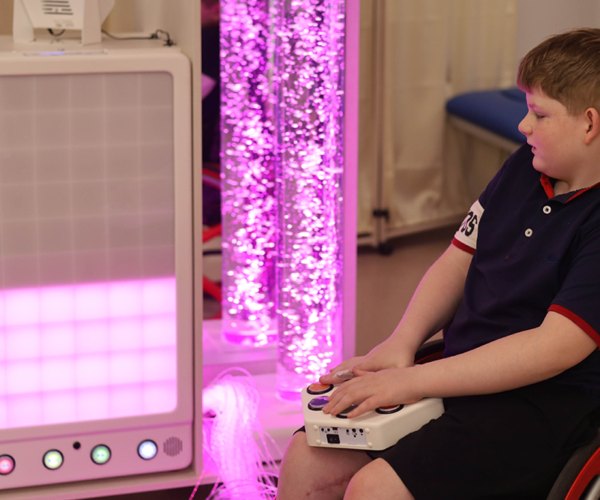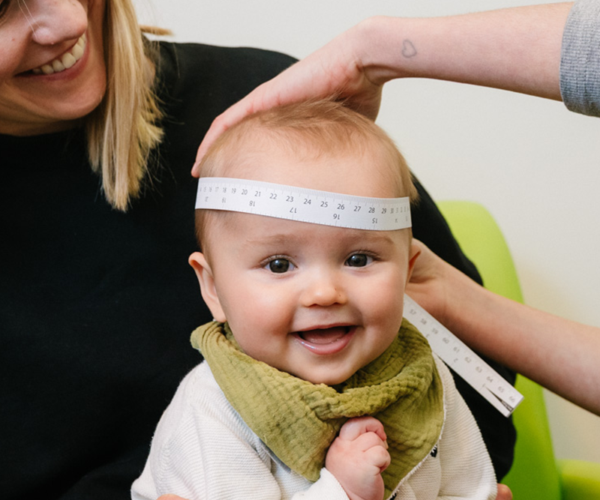Professor Peter Anderson of the Women’s and Children’s Health Network and his team, with the support of our Bloom Research Program, will investigate a targeted, non-surgical treatment for craniosynostosis based on stem cell technology, to prevent the bones of the infant skull fusing prematurely, reducing the need for invasive surgery.
Professor Anderson, Senior Craniofacial Surgeon in the Cleft and Craniofacial SA Unit at the Women’s and Children’s Hospital, and Principal Fellow at South Australian Health and Medical Research Institute, says, “The brain grows more quickly than any other part of a baby, so by the time they’re just over two, their brain is 85% adult size.”
“For that to happen safely, the brain box has to grow rapidly, or else the brain gets squashed. So, my job as a surgeon is performing surgery to make brain boxes bigger on children whose growth plates in their skulls have fused too early and are not getting normal growth.”
Craniosynostosis is a devastating and potentially life-threatening condition, where the bones of the infant skull prematurely fuse before the brain is fully formed.
Current treatment involves major surgery, and if this is not performed in a timely manner, the condition can lead to increased cranial pressure, causing developmental delay and blindness.
Professor Anderson says, “Dealing with parents, particularly first-time parents, when they’ve got their new baby who’s their pride and joy, and a surgeon is telling them they need major surgery – it’s devastating.”
“If we could do things to improve these families’ lives, they would be incredibly grateful.”
Funds from our Bloom Research Program will support Professor Peter Anderson and his team to develop targeted medical treatment based on stem cell technology to prevent the fibrous joints between the bones of the skull from converting to bone, with their project titled ‘Precision Medicine to treat Craniosynostosis’.
It is hoped that the findings of this project might reduce the need for invasive surgery in infants with craniosynostosis, making treatment of this condition less physically and psychologically burdensome on infants and their families.




